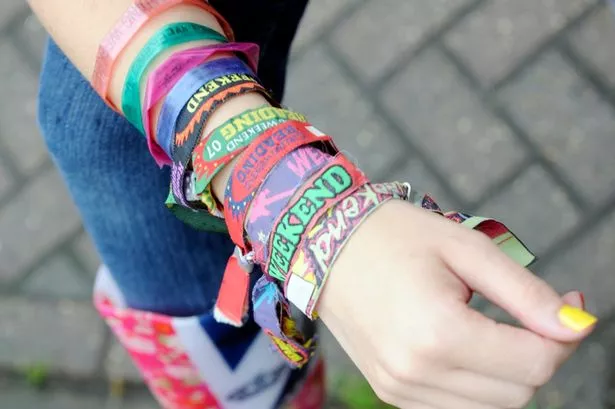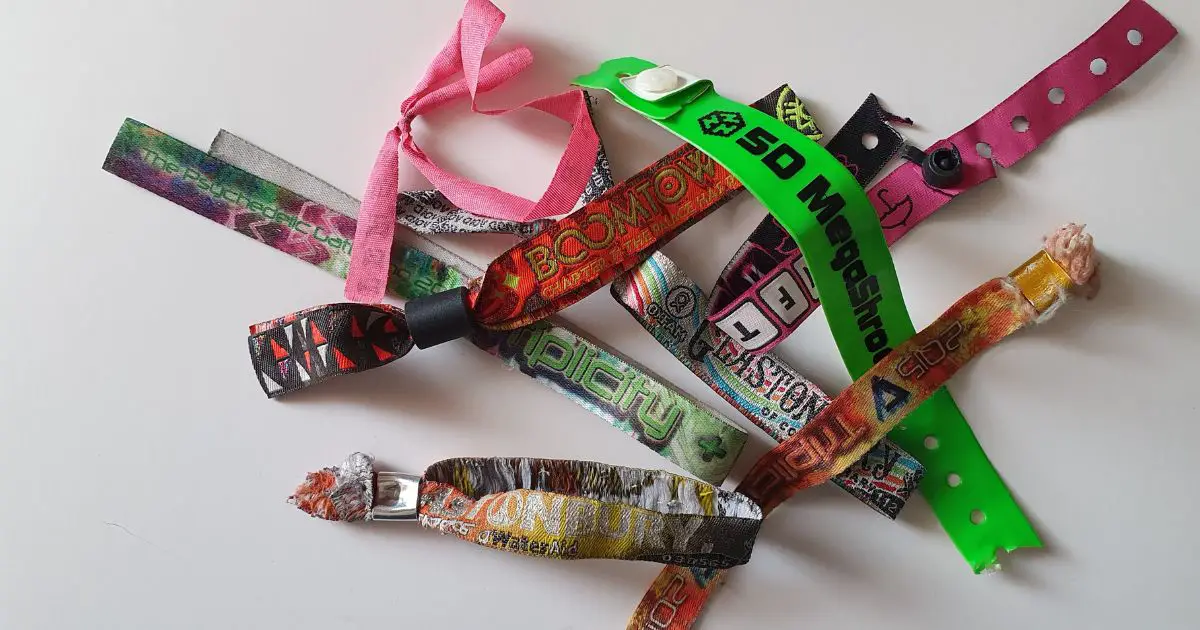
In the eclectic realm of festival fashion, a component that stands out, both for its functional and fashionable purposes, is the wristband. While these may initially seem like insignificant accessories to the uninformed eye, they play a crucial role in festival culture and offer attendees a blend of style, functionality, and memories. This article delves deep into the different types of wristbands, their purposes, and how they’ve become an integral part of festival fashion.
The Evolution of the Festival Wristband
The concept of the festival wristbands have changed considerably since their inception. Originally, wristbands served a purely functional purpose: to identify attendees, grant access, or categorize festival-goers based on certain privileges (like VIP access). Over the years, though, as festivals became more popular and widespread, these wristbands began taking on a more fashionable role. They evolved into statement pieces, conversation starters, and keepsakes that attendees cherish long after the music fades.

Materials Make a Difference
When it comes to the materials used in wristbands, there’s a vast range. The choice of material often depends on the purpose the wristband serves, the duration of its usage, and of course, the budget of the festival organizers.
- Tyvek Wristbands: Made from high-density polyethylene fibers, Tyvek wristbands are lightweight, tear-resistant, and waterproof, making them perfect for short-term events. They often come in bright colors and can be customized with logos or designs.
- Silicone Wristbands: These are more durable and last much longer than Tyvek ones. Silicone wristbands are often kept as souvenirs and can be made in various colors with embossed or debossed designs.
- Cloth and Fabric Wristbands: Commonly seen at multi-day festivals, these wristbands are comfortable to wear over extended periods. They can be intricately designed with woven patterns, embroidery, or even beads, making them highly sought-after keepsakes.
Tech Meets Tradition: RFID Wristbands
One of the most significant advancements in the world of festival wristbands is the integration of RFID (Radio Frequency Identification) technology. This small chip, embedded into the wristband, can store a plethora of information and can be scanned from a distance without direct contact.
Not only does this speed up entry processes at festivals by reducing queue times, but it also provides a layer of security. With RFID wristbands, festival organizers can monitor attendee movements, control access to specific zones, and even link these bands to cashless payment systems, making the entire festival experience smoother and more integrated.

Customization: A Personal Touch
The possibility to customize wristbands has added a whole new dimension to festival fashion. Organizers can now align the wristbands’ design with the festival’s theme, and attendees can have personalized bands that resonate with their preferences.
Incorporating logos, festival names, dates, or even QR codes makes the wristbands more than just access passes—they become memories of a specific time and place. For many, these wristbands become collectibles, evoking nostalgia for the days gone by.
The Environmental Impact and Sustainable Options
With the increasing global emphasis on sustainability, it’s no surprise that the festival scene is also being impacted. Considering the number of wristbands produced every year, there’s a growing concern about the environmental footprint they leave behind.
Recognizing this, many festivals and companies have started offering eco-friendly wristband options. From wristbands made from recycled materials to those that can be planted to grow into flowers after use, the push for green alternatives is evident. These sustainable choices not only reduce waste but also add a unique story to the wristband, making it even more special for the wearer.

The Future of Festival Wristbands
Given the blend of technology, fashion, and sustainability trends, it’s evident that festival wristbands have a dynamic future ahead. As more festivals explore virtual or augmented reality experiences, we might see wristbands equipped with enhanced tech features that can provide attendees with immersive experiences.
Furthermore, as sustainability continues to drive choices, the materials and processes used to create these wristbands will become more eco-friendly, with a push towards complete recyclability or biodegradability.
Conclusion
In the grand tapestry of festival fashion, wristbands, though small, play a significant role. They’ve transitioned from being mere functional pieces to accessories that carry memories, stories, and even tech innovations. As festivals evolve, so will the wristbands, echoing the spirit of the times, and ensuring attendees have both style and substance wrapped around their wrists.














